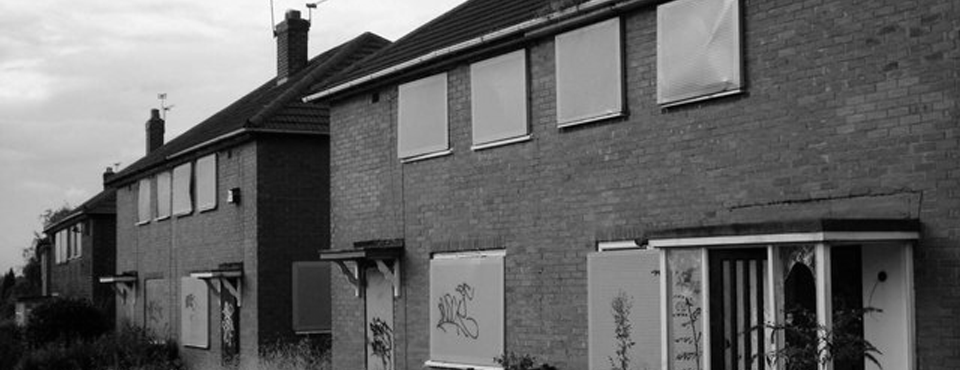
You cannot regulate empty houses away
By Paul Cheshire*, repost from the SERC blog.
“Almost 57,000 homes in London stand empty…” writes David Smith in the Guardian on May 4th. This he claims is a significant cause of London’s housing problem and the “Key to this is tackling buy-to-leave investing.” The answer to this ‘problem’ is for the mayor to refuse planning permission and for Boroughs ”…to introduce planning restrictions …to prohibit the deliberate practice of letting properties lie empty.“ This is not a view unique to David Smith. For example, the well-known architect Lord Rogers in arguing against the desirability of permitting offices to be converted to housing to help with London’s housing shortage noted: “Why should we rush to convert office blocks when we already have three-quarters of a million homes in England lying empty.”
Leaving aside the fact that any housing market always needs empty houses if it is to run smoothly – people move house, they die or they need major building works – is this the solution, even if it is a problem? Is making planning permission more difficult to get or imposing additional conditions a feasible way of reducing the proportion of empty homes?
The trouble with interventions in the housing market is that however well-intentioned, they generate all sorts of unintended consequences. And sometimes achieve exactly the opposite of what was intended. The uncomfortable truth is that we need to understand how things actually work: not pass laws or regulate hoping to make them work the way we would like them to. Recent research together with Christian Hilber and Hans Koster shows that more restrictive local planning actually increases the proportion of vacant homes.
Of course by making housing even scarcer (which more restrictive planning achieves) it makes it more expensive. This generates an incentive to occupy it, so reduces vacancies. Unfortunately more restrictive planning also makes it more difficult to adapt homes to the constantly changing patterns of demand. Jobs grow in a locality, so demand for houses there increases; the local school gets better so the demand for family sized homes increases; people buy a car so want parking; they have fewer children or separate so they want smaller homes – the list is potentially endless. The result of this is that in more restrictive locations people wanting a home find it more difficult to match their preferences to what is available. So they have to search longer or further afield. The result of that is there are more empty houses.
These two effects work at the same time and in the opposite direction, of course. Which dominates and so whether more restrictive policies increase or reduce the proportion of homes that are empty net, is a purely empirical question. Our results for England, using data from 1981 and being careful to offset for reverse causation and other econometric problems, show that the net effect of more local restrictiveness is not just to increase the proportion of empty homes but to increase it substantially. A one standard deviation increase in local restrictiveness causes the local vacancy rate to increase by nearly a quarter. That is not all. Because it makes finding a suitable house locally more difficult it also increases the average distance people have to travel to work. The same increase in local restrictiveness causes an 8.5 percent rise in commuting distances.
So the Islington policy quoted approvingly by David Smith will in fact be likely to increase the proportion of empty homes in the Borough – not reduce it – and at the same time mean that people who work in Islington will end up commuting further. Roll it out over London as a whole and we would expect the same outcome. The absolute opposite of what the advocates of the policy wanted to achieve.
* Paul Cheshire is Emeritus Professor of Economic Geography at the Department of Geography and Environment at the London School of Economics and associated with the Spatial Economics Research Centre.
